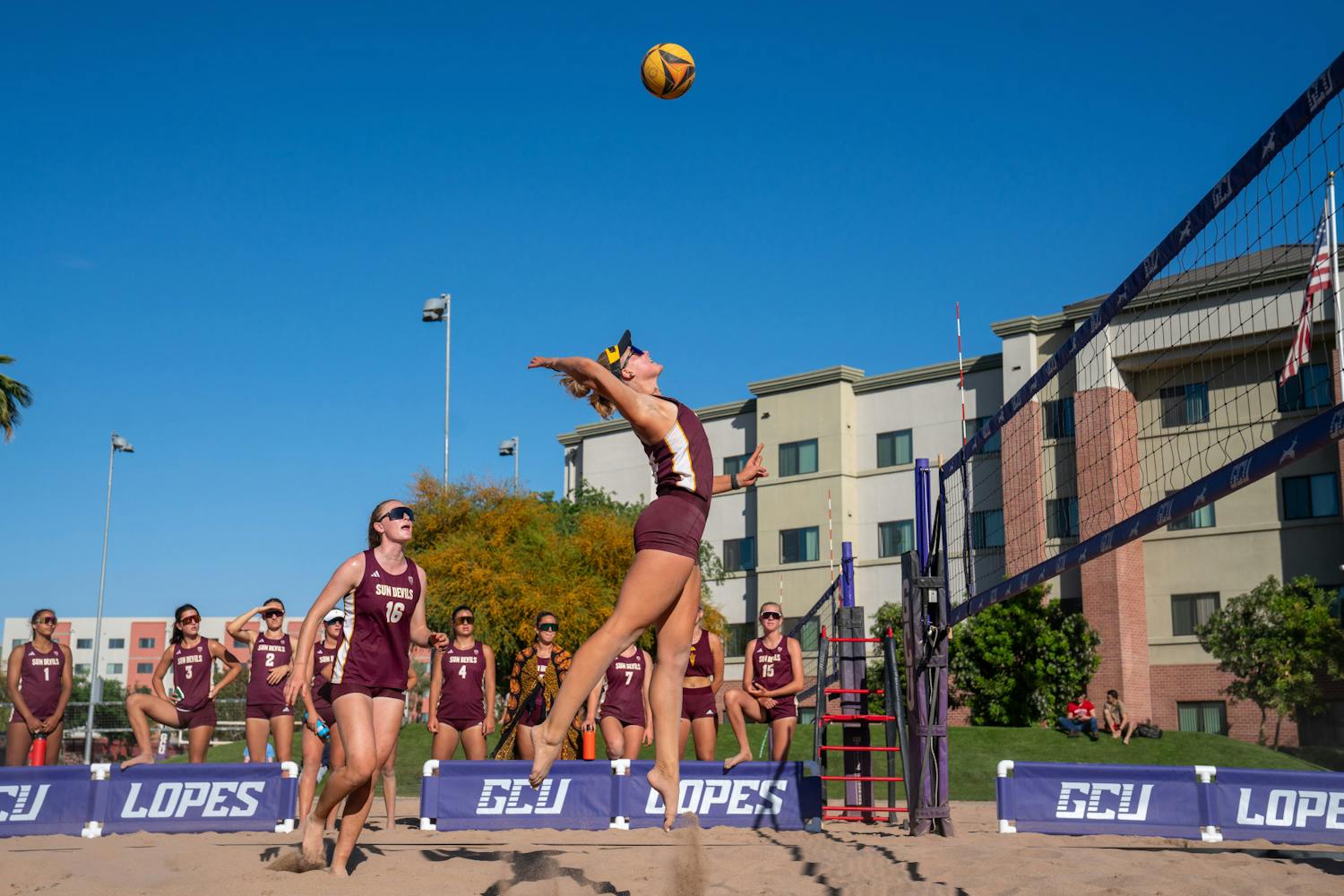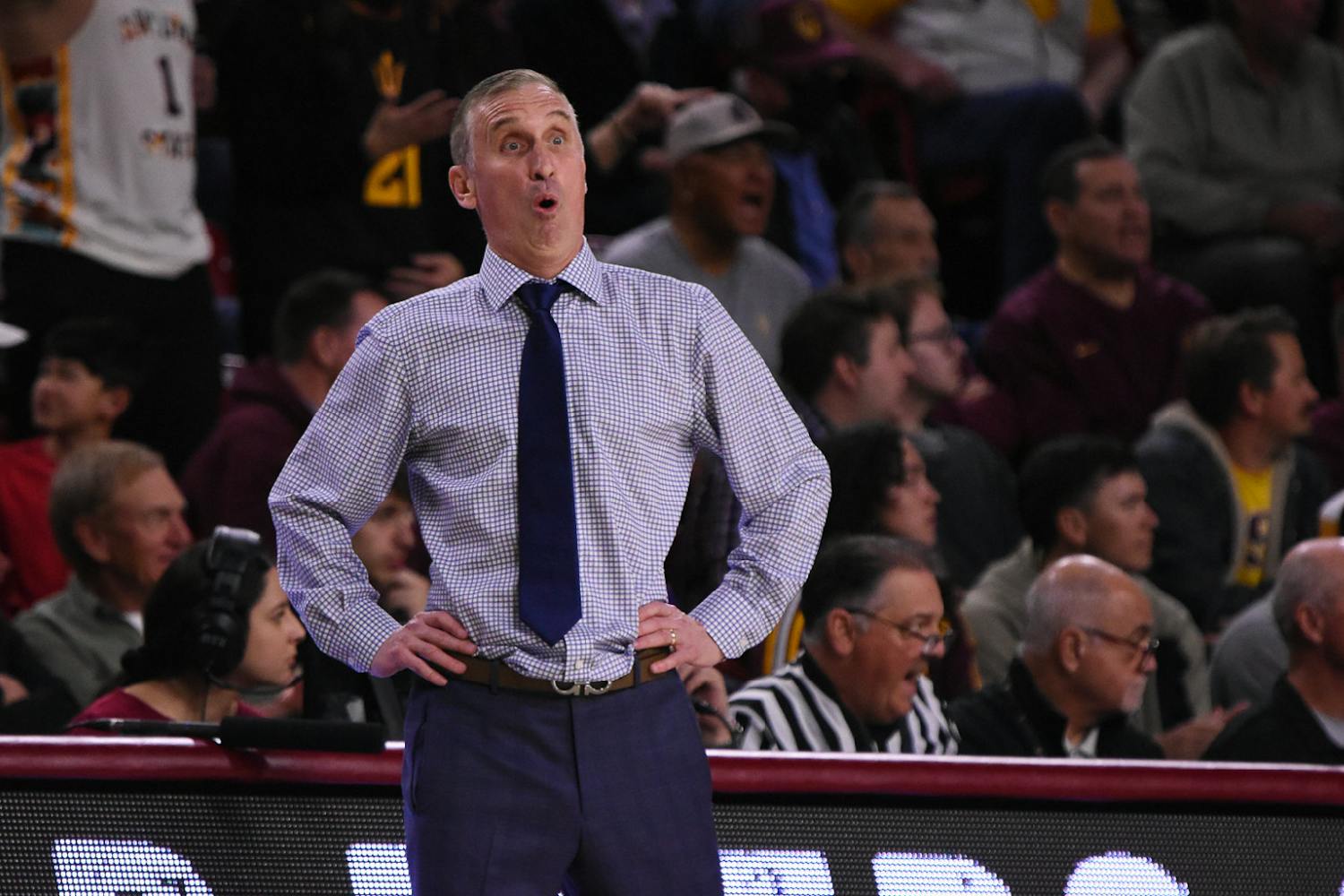As ASU is set to begin play in the revamped Pac-12 this season, the dust still hasn’t settled from the whirlwind of offseason conference realignment rumors.
Texas A&M is the most recent school to make headlines for their attempt to jump ship from the crumbling Big 12 to the powerhouse SEC, which owns the last five national championships.
If you are a college football fan like myself and you are finding it tiresome (not to mention confusing; the Big 12 currently has ten teams, and the Big Ten has 12) to keep up with the transient nature of today’s NCAA conferences, you might be asking the same question I am: When will it end?
All current signs point to an unfortunate answer for college football: not any time soon.
Let’s face the obvious facts. Realignment isn’t in the best interest of the game of college football. This is entirely about money, and furthermore, about TV contracts.
Schools such as Colorado and Nebraska, both of whom left the Big 12 in the offseason, are just two examples of institutions willing to sacrificing tradition (both the Colorado-Nebraska and the Nebraska-Oklahoma rivalries have put been on an indefinite hiatus) for greenbacks.
In an age where the typical college athlete gets no monetary compensation for the millions of dollars that he helps bring to a campus, universities are willing to do whatever it takes to get in a spot to make the most money, no matter if it means leaving other institutions in the dust.
The Pac-12 and the Big 10 now have the mandatory minimum of 12 teams needed to stage a nationally televised conference championship game.
More teams in your conference plus a prime-time title game equals bigger TV contracts and a lot more dough for your program.
This is a strange message for schools to be sending to their athletes, especially in the wake of a number of high-profile NCAA investigations (most notably at Ohio State, and more recently, allegations at Miami) regarding players receiving improper off-the-field benefits and exchanging jerseys and memorabilia for cash.
Let me get this straight- a school can get up and bolt from a conference on a whim at the prospect of bigger TV contracts and more money, leaving their fellow conference schools in limbo, but a player who accepts money draws NCAA sanctions? There is a serious double standard going on in college football right now.
It’s okay for schools to act greedy and do what’s in the best interest for “visibility” and “athletes and financial resources,” (as Texas A&M President R. Bowen Loftin put it to the media in regards to the Aggies’ desire to move to the SEC), yet athletes continue to get cut out of the revenue loop.
There needs to be some sort of program implemented by the NCAA to keep the ability of a school to jump from one conference to the other in check. Perhaps they should spend less time worrying about whether athletes are receiving money, and more time protecting smaller schools from being hung out to dry by their bigger counterparts.
We must admit that college sports, and in particular football, are all about the money. It’s time we start giving some back to the athletes. The realignment of the college football landscape, much to my dismay, is just getting started.
But if we are willing to break from the traditional conferences and rivalries that we have become accustomed to and accept this change, then we might as well give the athletes- especially the football players- a share of the pie, too.
Reach the columnist at kjnewma2@asu.edu



